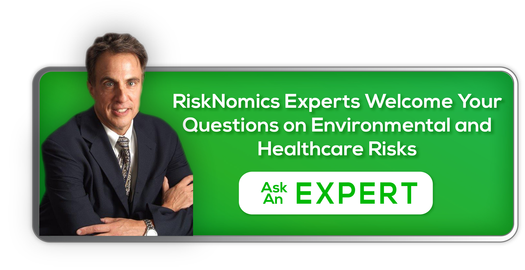Mold
![]()
What You Need to Know
Molds are naturally occurring fungi which exist naturally in the environment
Mold needs food, water, temperate temperature and time to grow
Not all fungi are problematic and not all are indicative of water damage
Water damage is not mold
An indoor air quality issue may be present when inside levels and/or types of mold vary from those found outside but there are no safe exposure limits
What You Need to Do
Find the source of the problem and ensure that the problem has been addressed prior to mold remediation
Mold on building materials and personal items must be removed
Impacted areas must be contained and dehumidified and negatively pressurized if possible
If visible mold is present, never agitate the air or use fans to dry out materials
Ensure workers are properly trained and protected
Remediation is completed when visible mold has been removed
Testing for the presence of mold and/or post remediation is NOT required
Myths and Misconceptions
Stachybotrys is the most harmful mold-FALSE
Black mold is the most toxic-FALSE
Mold impacted materials do not need to be disposed of as hazardous waste-TRUE
Testing for mold can tell you how old the mold is as well as the species involved-FALSE
Expert Services:
Insurance
Claims: Prevention and Response
- Site Investigations/Inspections
- Loss Mitigation Protocol Development
- Creative Scope of Work Development
- Project Oversight
- Environmental Sampling
- Cause and Origin Investigation
- Emergency Response
- Client Interface
- Communication/Alert Development
- Liability Exposure Minimization
- Expert Consultation
Underwriting: New Product Development and Risk Assessment
- New and Emerging Risk Education-Focus on New Areas of Coverage Opportunity
- New and Emerging Product/Technology Applicability to Underwriting Coverage
- Recommendations for Coverage Expansion Based on Risk Minimization Strategies
- Policy Language Review/Development Based on Industry Specific Issues
Due Diligence: Investigation, Auditing, Verification and Risk Assessment
- Project Oversight Ensuring Compliance with Policy Coverage
- Immediate Communication re Project Issues Impacting Policies
- Detailed Reports of Project Findings/Oversight with Recommendations
- Cost Estimate Development Based on Construction/Remediation Options
- Phone Surveys/Desktop Reviews Focusing on Issues of Potential Concern
Remediation Cost Auditing and Risk Quantification
- Review/Audit of Contractor Invoices
- Scope of Work Performed Analysis (Best Practices, Regulatory Compliance)
Expert Testimony
- Environmental Risk
- Healthcare Risk
Education and Training: Claims and Underwriting
- Seminars/Webinars on Environmental/Healthcare Issues Focusing on Claims/Underwriting Risk
- Seminars/Webinars on Emerging Issues and Policy Impact as well as Coverage Expansion Opportunities
- White Paper Development
Insurance Toolkits: Claims and Underwriting
- Development of Underwriting Applications for Healthcare/Environmental Risk
- Development of Value Added Risk Management Checklists/Protocols for Insureds
- Operations and Maintenance Programs for Water Intrusion Risk Management, Asbestos, Lead Based Paint
- Hazard Assessment Critical Control Point Programs (HACCP)
Insurance Risk Alert Service
- Development of Insured Alert Communications re Emergency Healthcare/Environmental Risk
- Development of Employee Alert Communications re Emergency Healthcare/Environmental Risk

